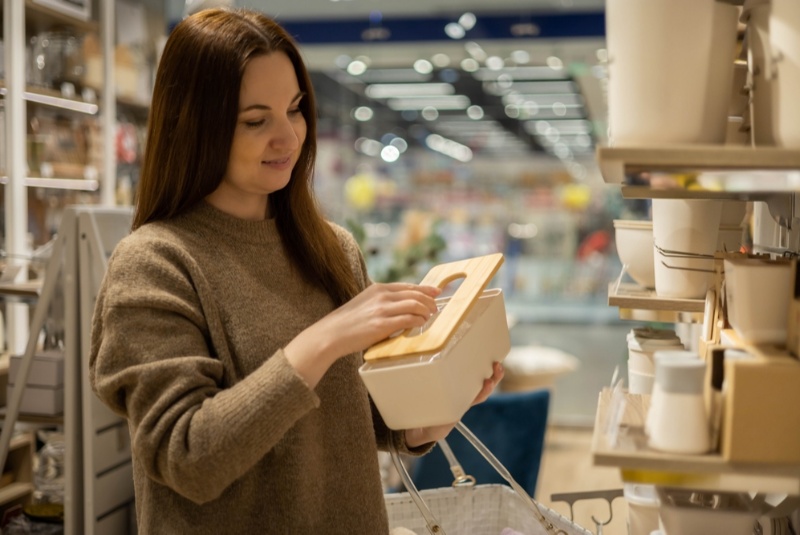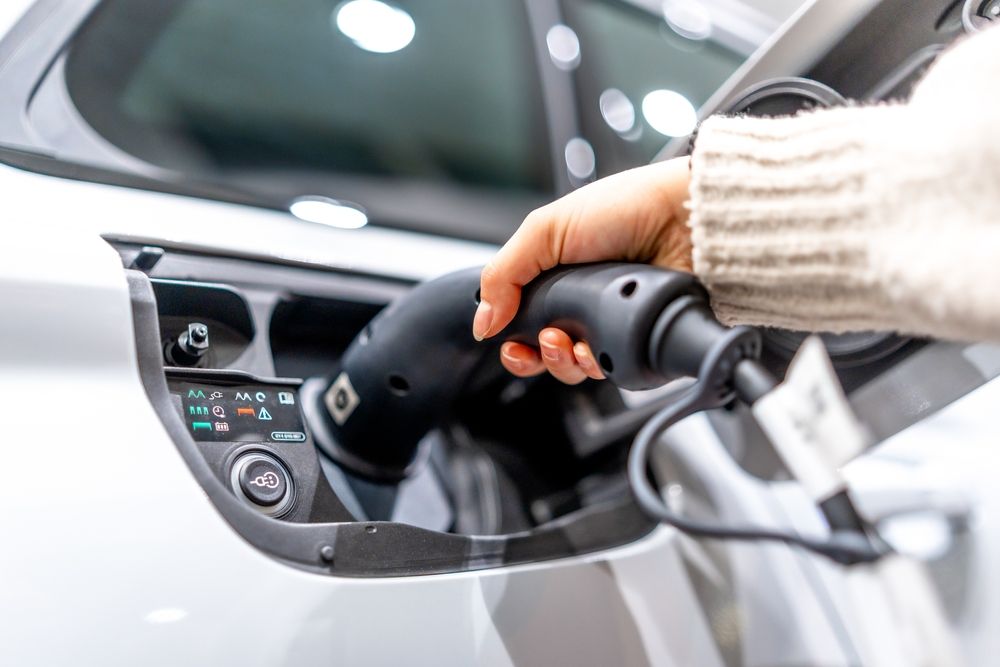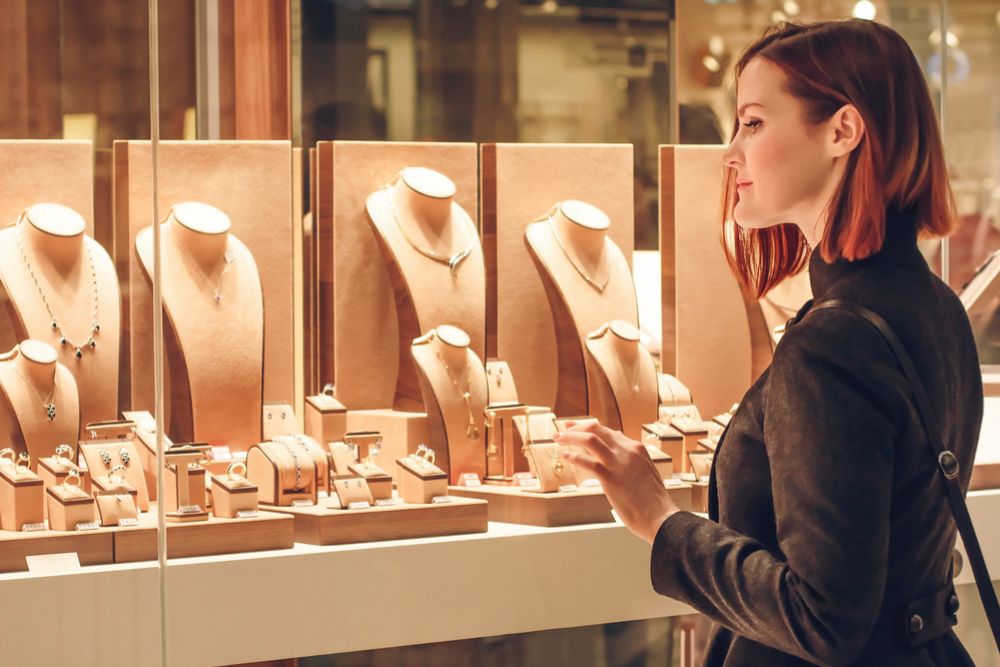In a consumer society dominated by immediate satisfaction, disposable items often overshadow their more durable counterparts. Yet, if we step back from this constant tide of consumption, we can recognize a compelling argument for durability. Shifting our purchasing behavior towards long-lasting goods, instead of disposable ones, can significantly impact our personal finances. Here are the reasons why investing in durable goods saves more money in the long run.
First, let's clarify the fundamental difference between durable and disposable goods. Disposable goods are designed for short-term use, often just once before they're discarded. These include items like plastic utensils, disposable diapers, paper plates, and even low-quality clothing. Durable goods, on the other hand, are built to last. They can include everything from high-quality appliances, furniture, tools, to sustainable clothing.
The primary argument in favor of disposable goods often comes down to upfront cost. A disposable razor, for instance, is cheaper than a quality, reusable one. However, this line of thinking doesn't account for the cumulative expense. Over time, the cost of continually replacing disposable razors far outstrips that of purchasing a durable one and occasionally replacing its blades.

From a financial perspective, disposable items prove costly due to their recurring replacement expenses. The constant need for repurchasing, coupled with inflation rates, means you're often paying more over time for a lesser quality product. Contrastingly, durable goods typically involve a one-time investment that provides value for a more extended period.
Consider this example: buying a coffee machine instead of daily visits to your local coffee shop. The machine might cost the equivalent of 100 cups of coffee, but it could brew thousands over its lifespan. Thus, the per-cup cost decreases drastically the more you use the machine, leading to significant savings.
Durability also translates to reduced environmental costs. Disposable items, especially plastics, contribute heavily to environmental degradation, and cleaning up this mess often costs taxpayers. Opting for durable items decreases our environmental footprint and indirectly saves money by reducing clean-up and waste management costs.
Moreover, the emphasis on durability often goes hand in hand with quality. Durable goods tend to be more efficient, reliable, and aesthetically pleasing, providing more satisfaction and decreasing the likelihood of buyer's remorse. This enhanced consumer satisfaction is an often overlooked but vital aspect of the overall economy of durability.
Lastly, the second-hand market is a testament to the value of durable items. While used disposable goods have no value, durable goods retain a significant portion of their worth. This means you can recoup some of your investment if you decide to sell a durable item later.
While it may seem daunting to shell out more money upfront for durable goods, consider it as an investment. Over the long term, the cost-per-use of these goods becomes significantly lower than their disposable counterparts. By reframing our perspective from initial cost to long-term value, we can make more sustainable and economically wise decisions that benefit our wallets and our planet.
Investing in durable goods isn't just a savvy move for your personal finances; it's a vote for a sustainable future. So next time you're about to make a purchase, consider the product's lifespan. A little more spent now could mean a lot saved later – it's the true wisdom of buying once and buying well.




